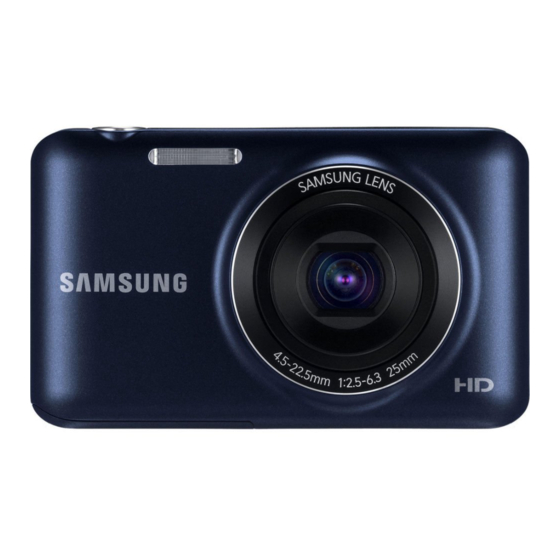
Table of Contents
Advertisement
USER
MANUAL
ES 95 /ES 96 /ES 99 /ST 71 T
Click a topic
This user manual includes detailed usage instructions for
your camera. Please read this manual thoroughly.
Basic troubleshooting
Basic functions
Playback/Editing
Index
Quick reference
Extended functions
Shooting options
Settings
Contents
Appendixes
Advertisement
Chapters
Table of Contents















Need help?
Do you have a question about the ES95 and is the answer not in the manual?
Questions and answers